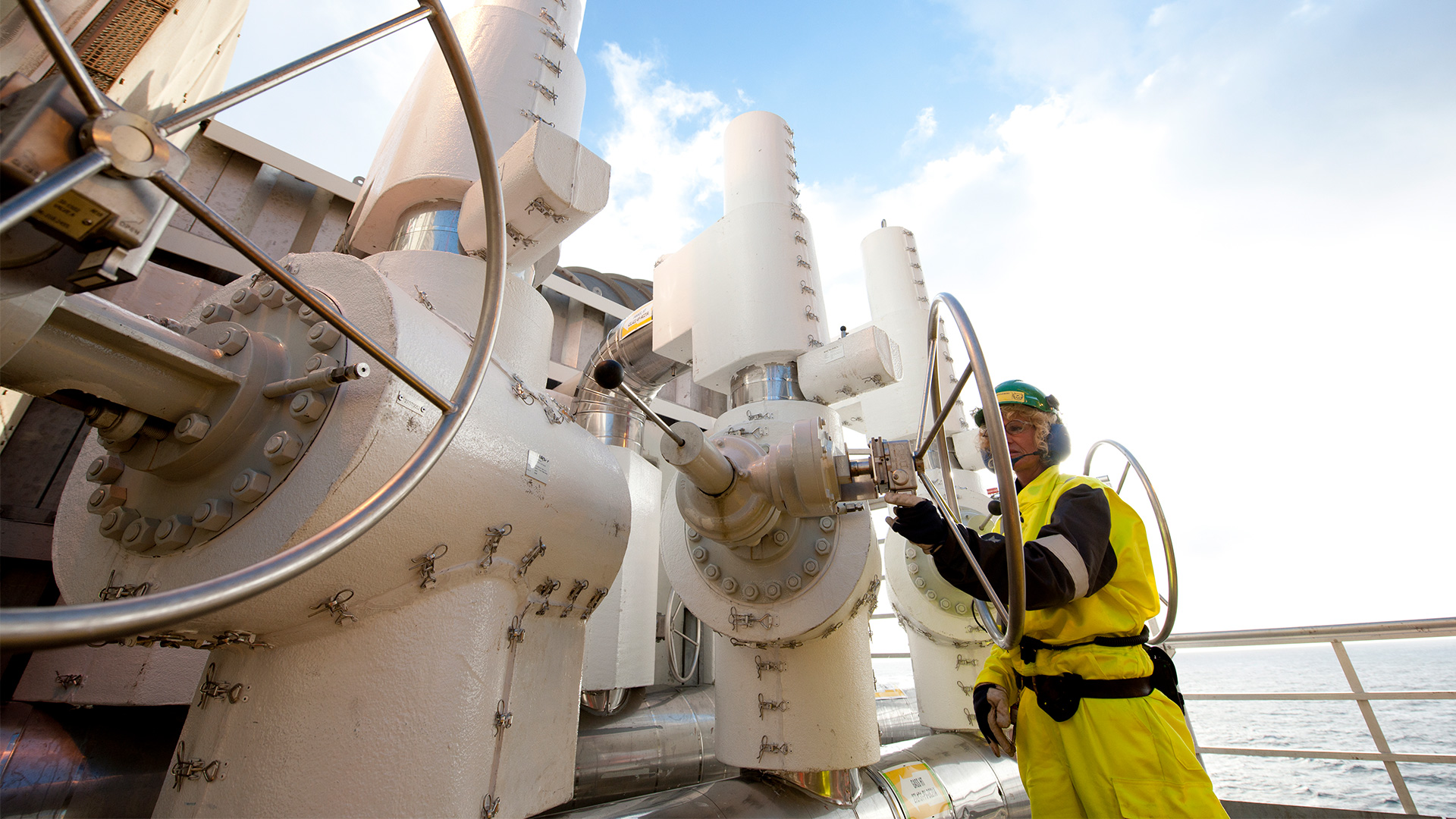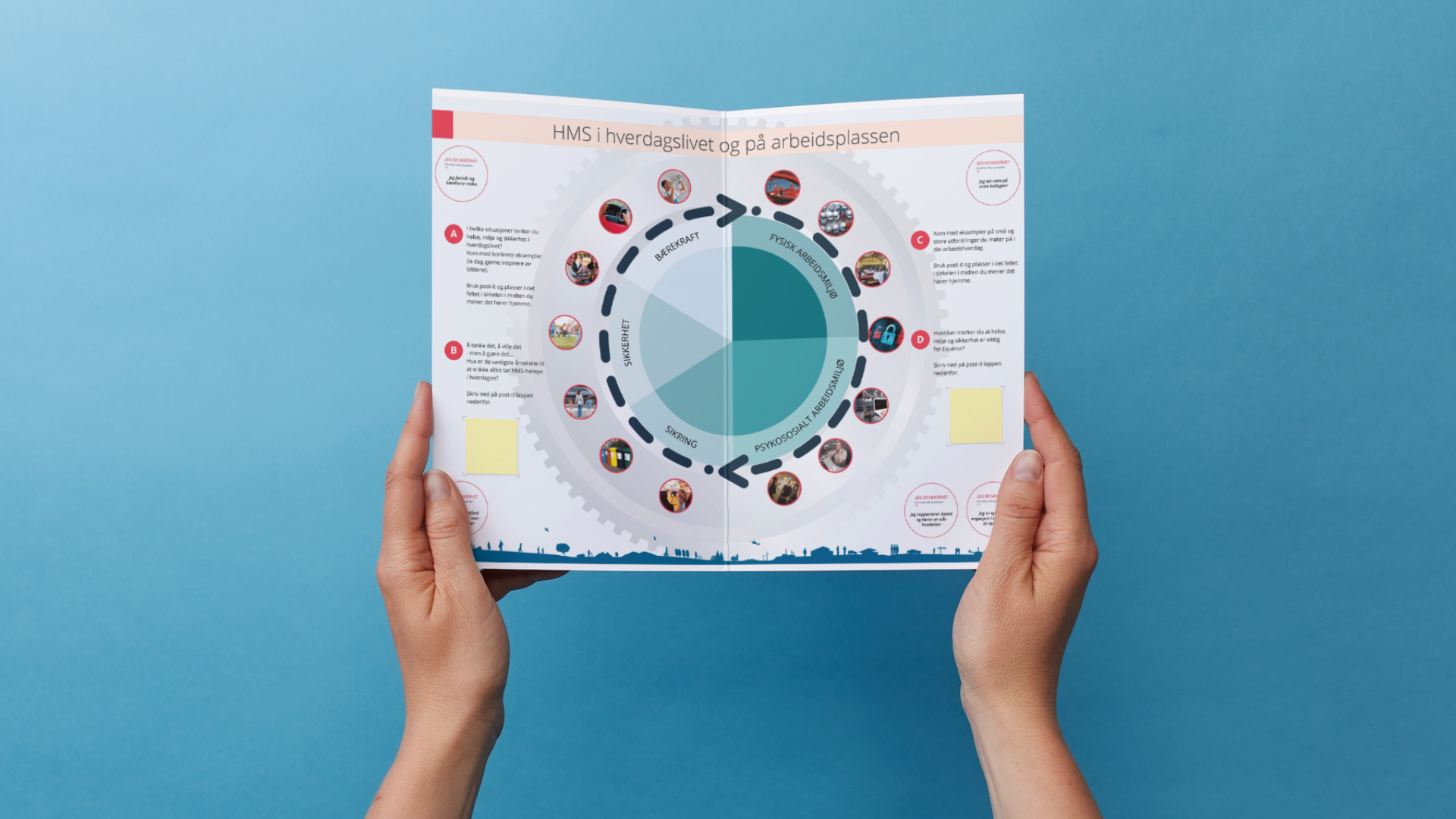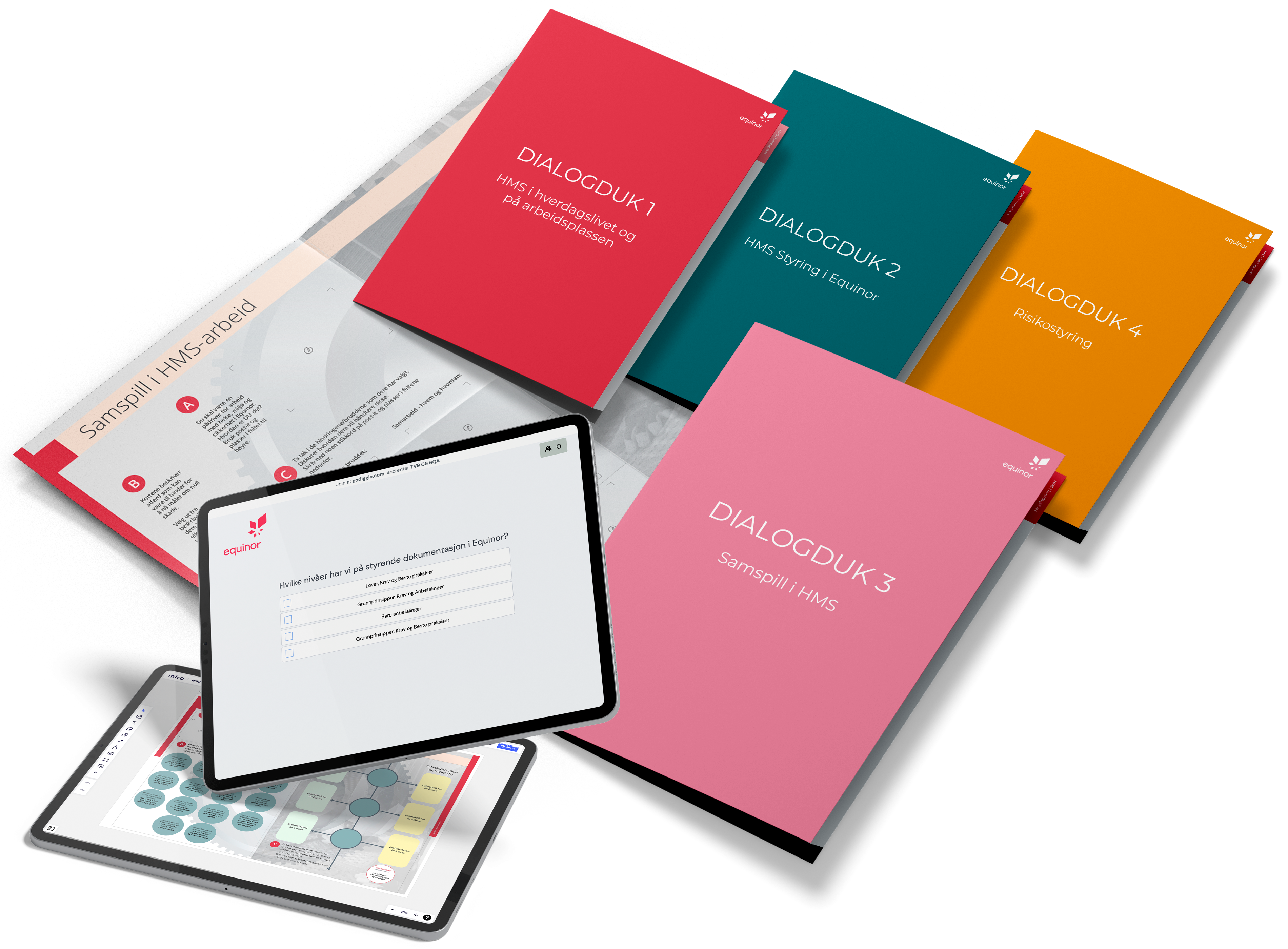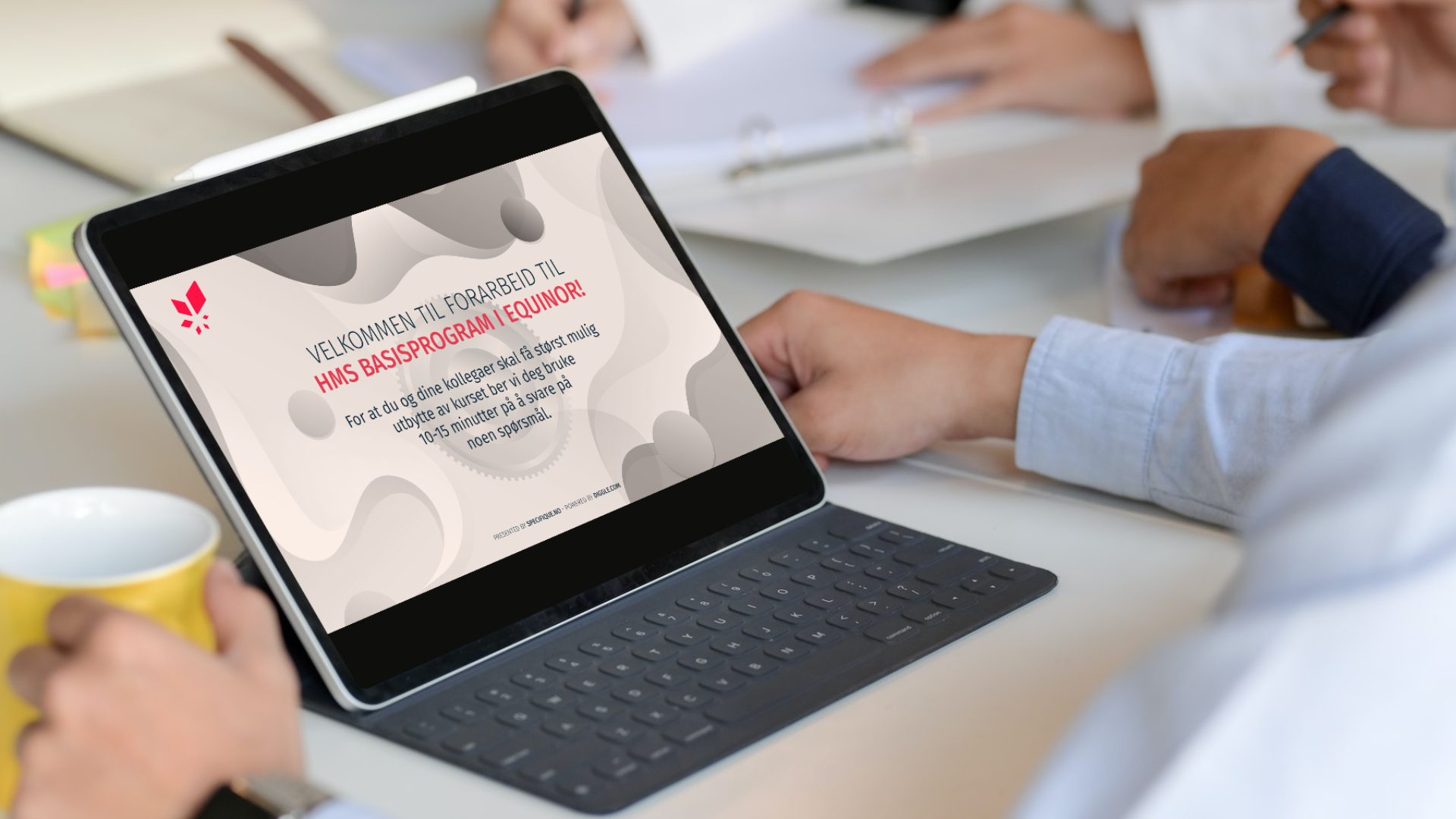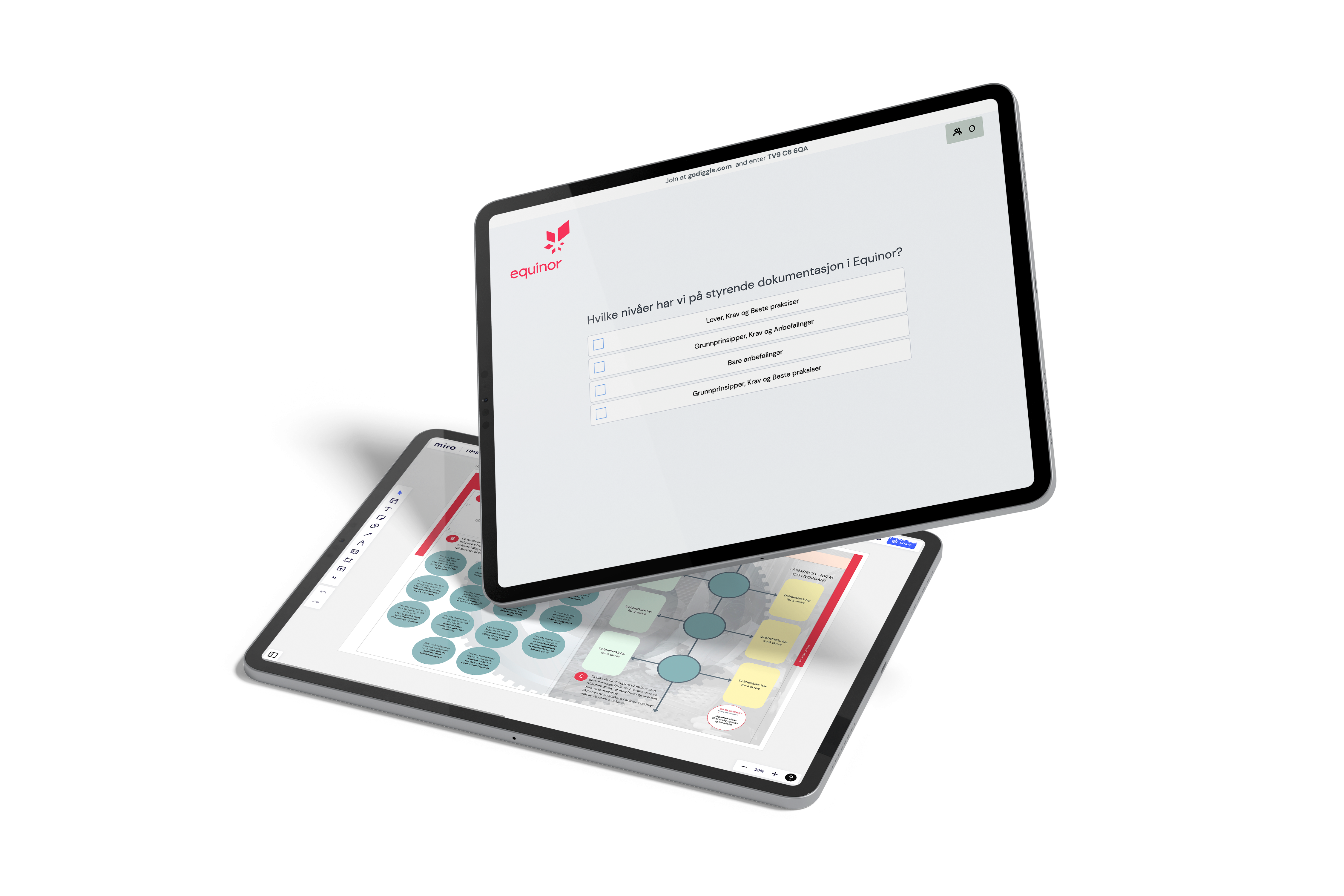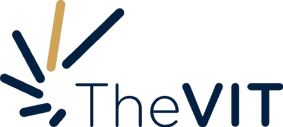Safety and security among employees must always come first, particularly in companies that operate daily in high-risk environments. Equinor’s goal is zero harm, which they believe is achievable through sufficient safety procedures, effective risk management, and a focus on training and collaboration.
Equinor is an international energy company with its roots in Norway. Traditionally, the company has focused on oil and gas, but in recent years they have increased their efforts in renewable energy, particularly offshore wind power. Equinor operates globally and is considered one of Europe’s largest gas suppliers. Equinor and Specifique have collaborated for over 20 years.
For Equinor (formerly Statoil), Specifique took on the task of restructuring their mandatory 40-hour basic course in Health, Safety, and Environment (HSE). The focus was on preventing injuries, work-related illness, and major accidents. At the same time, the goal of zero harm needed to be integrated into the daily work of all employees, with an emphasis on continuous improvement. New and creative methods were employed to foster engagement and relevant discussions among the participants.
Specifique and Equinor have collaborated for over 18 years on HSE training. The initial challenge was that the existing mandatory course for leaders, safety representatives, and union representatives was perceived as dull and unengaging.
Through new methods of learning, participants’ learning outcomes have improved, while the linkages to everyday practice has become stronger. Continuous content and tool development over the years ensure the course remains relevant and aligned with the company’s current direction. The initial versions of the course used analog tools to engage participants. A Dialogue Mat was used to support and enhance learning outcomes, a concept built on learning through discussion, reflection, and knowledge exchange. This ensures mutual understanding and effective learning processes.
The aim of this pedagogical approach is to create even greater engagement and individual accountability concerning health, safety, and environmental issues.
During COVID, it was decided that a digital version of the course had to be developed. In collaboration with Equinor, we renewed the modules and created a modified version that can be conducted either digitally, physically, or as a hybrid. During times when physical gatherings were difficult, we used Miro as an alternative platform where the Dialogue Mat was transformed into a digital format.
In collaboration with Equinor, we have now developed a course that can be conducted either digitally or physically, or as a hybrid combining both methods.
In 2023, a completely new version will launch, reflecting the company’s strategic direction. The course has been restructured in line with Equinor’s new HSE philosophy: Safety Through Collaboration. The four new modules focus on continuous learning and improvement, while also emphasising the importance of collaboration across all levels of the business, regardless of physical location.
Additionally, the new version of the HSE course utilizes Diggle to enhance engagement. The hybrid version with Dialogue Mats and Diggle provides even greater learning outcomes for the participants. The format encourages active learning and improvement through discussion, reflection, and experience exchange — three cornerstones of effective learning.
The Dialogue Mat is split into four modules, built around the central themes for Equinor’s HSE work, and designed so that participants, through a guided discussion, arrive at their conclusions on how each theme is operationalised in their work.
The digital solution, Diggle, contributes to data capture and flexibility in training. Answers and feedback can be displayed live and aggregated for large groups as an effective tool in plenary discussions and experience exchange. This user-friendly learning tool offers the ability to create interactive and engaging training modules.
By integrating HSE with Equinor’s current strategy to promote engagement and interactivity, we are one step closer to the ultimate goal: zero harm and safety through collaboration.

